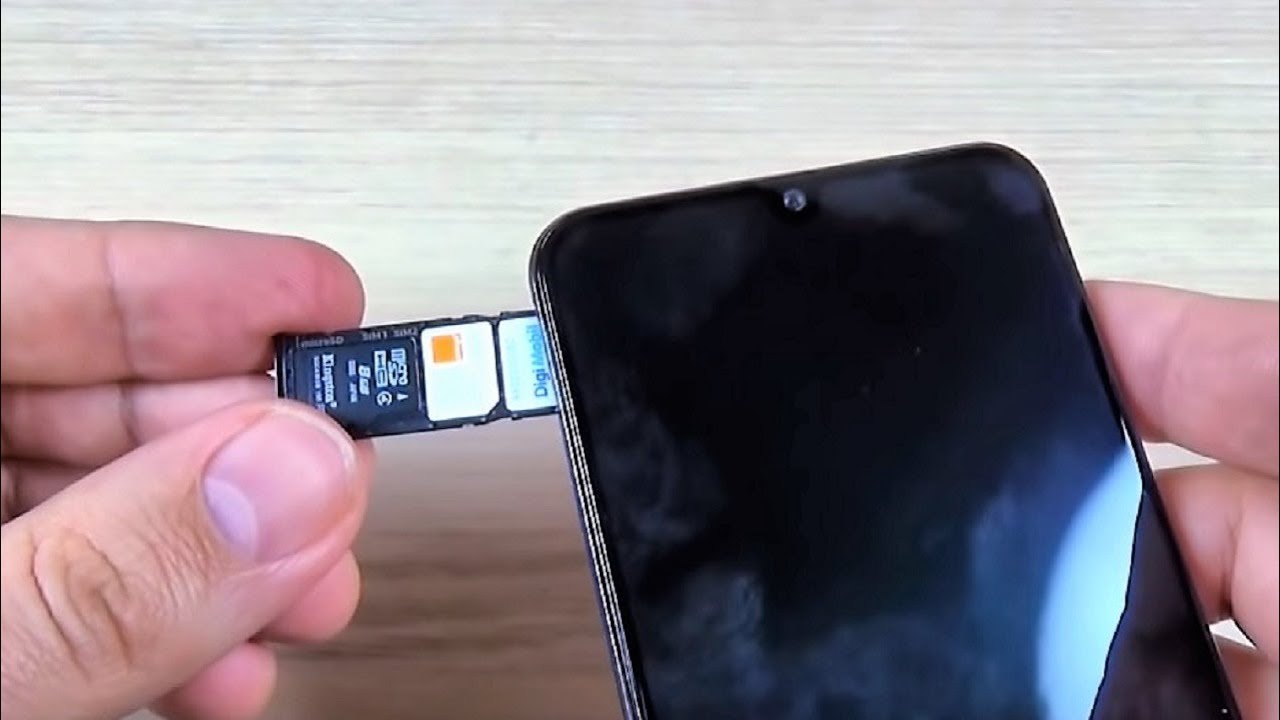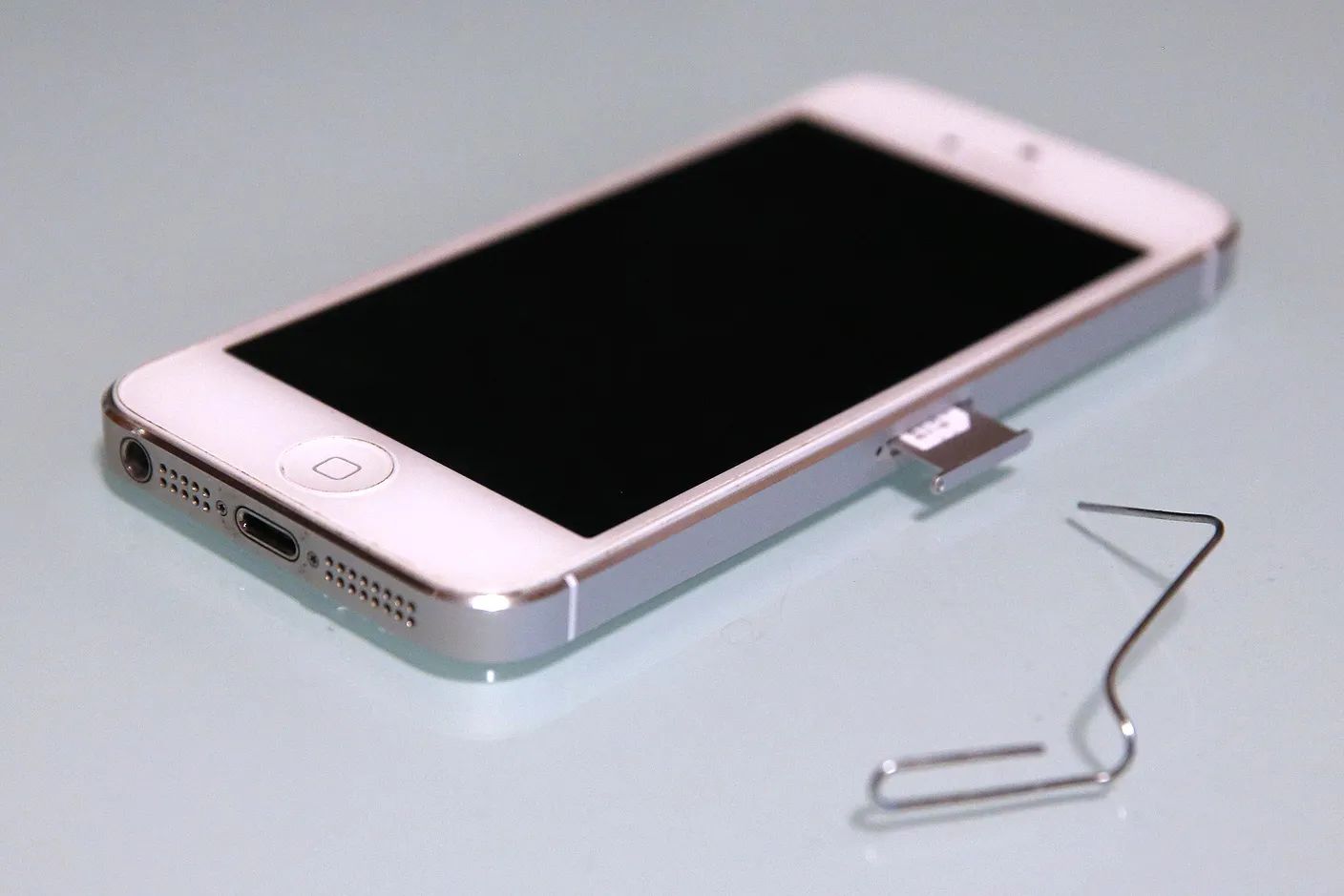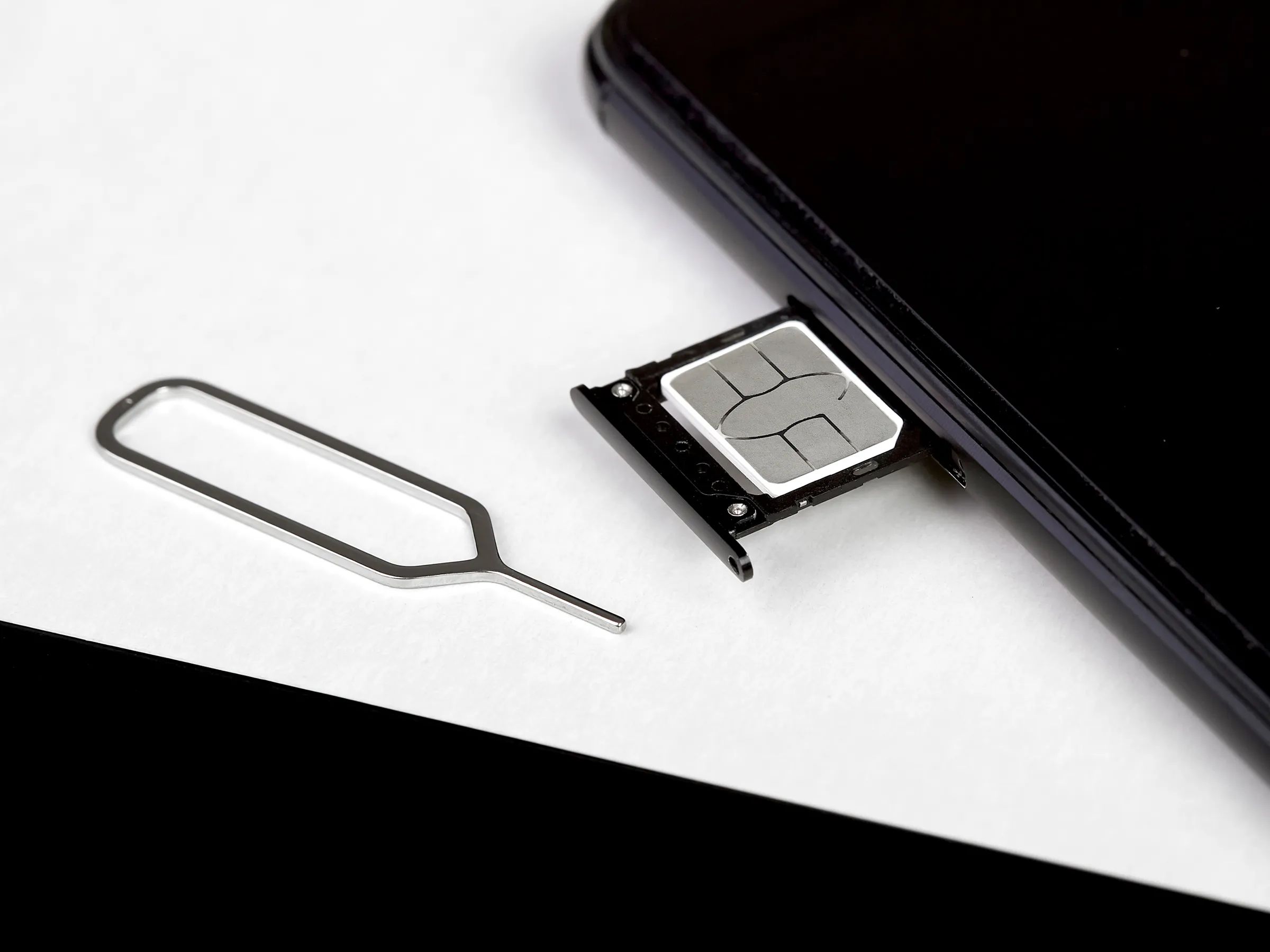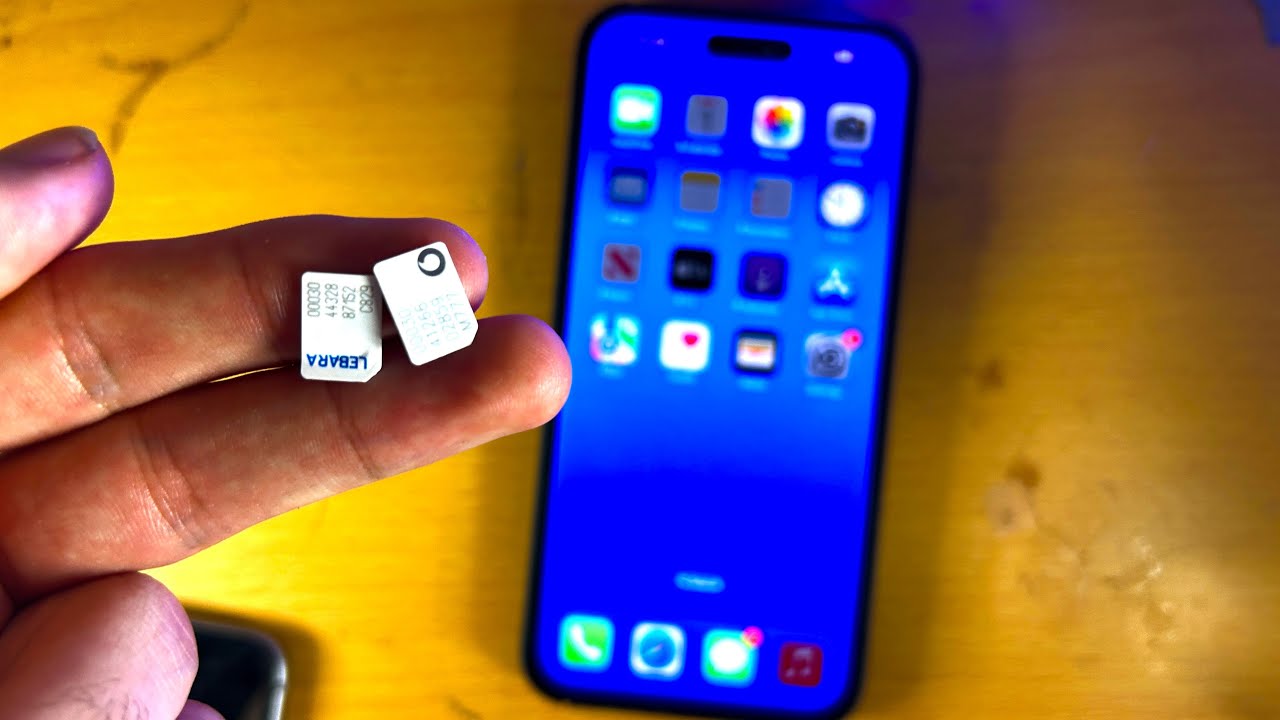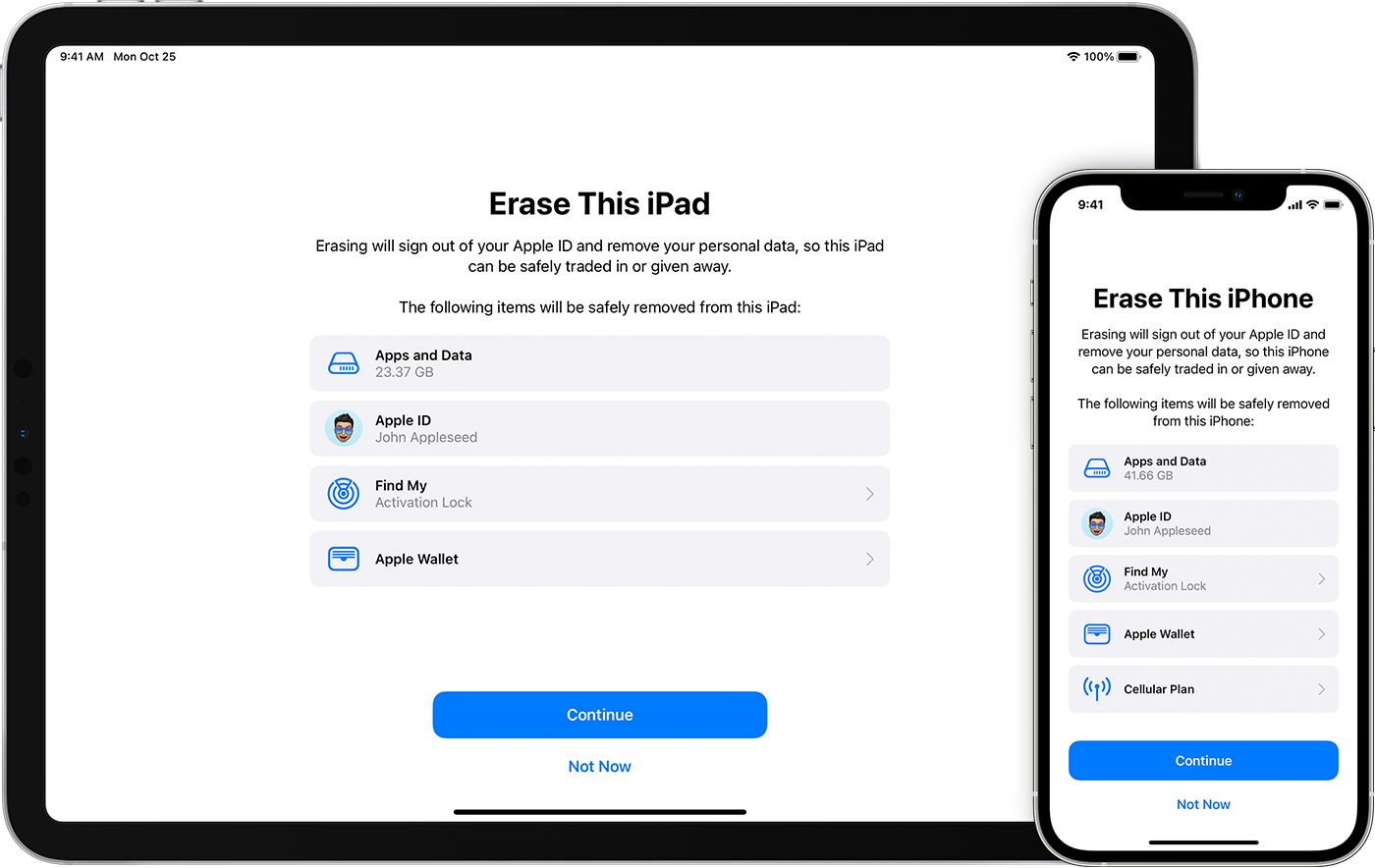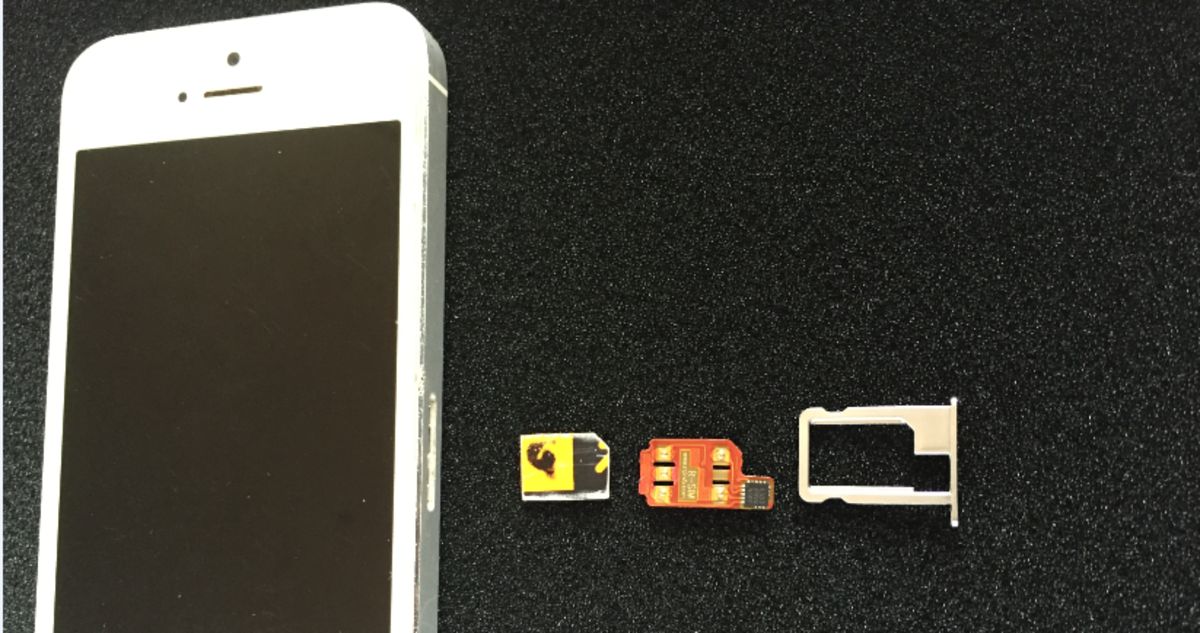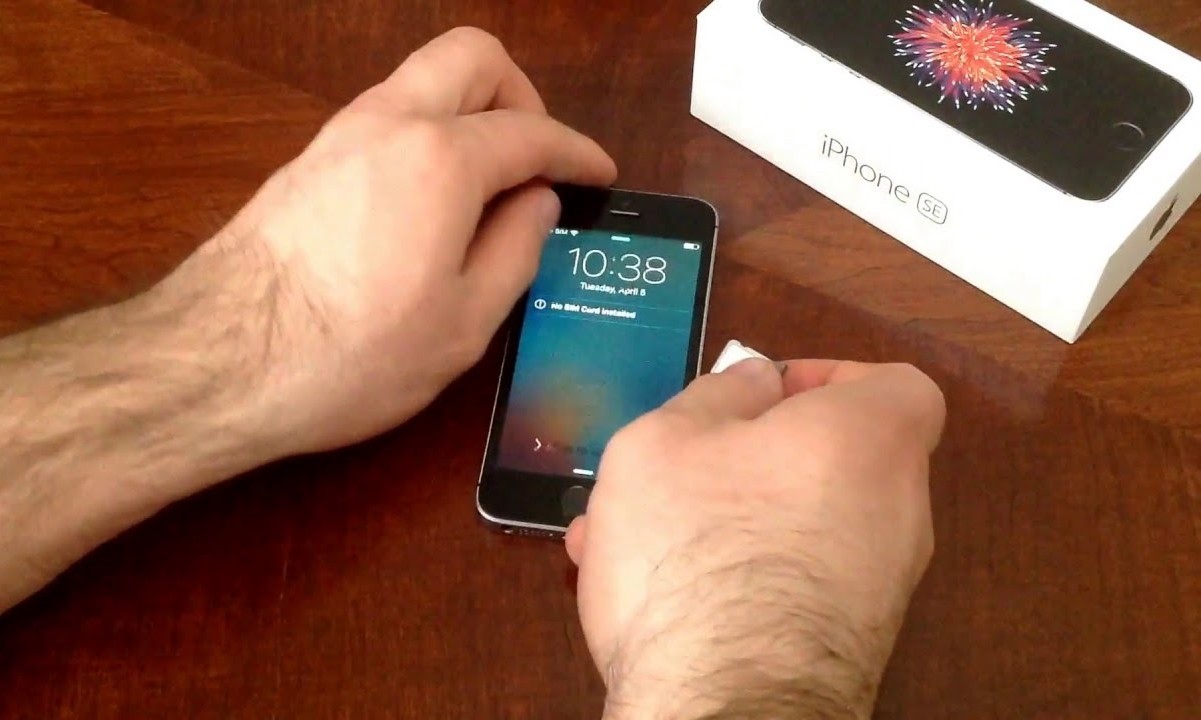Why Remove the SIM Card Before Trading In a Phone
Removing the SIM card before trading in a phone is a crucial step that often gets overlooked. Whether you're upgrading to a new device or parting ways with an old one, taking out the SIM card holds several key benefits. Here's why you should always remember to remove the SIM card before trading in your phone:
-
Protecting Personal Information: Your SIM card contains sensitive personal data, including your contacts, text messages, and call logs. Leaving the SIM card in the phone exposes this information to the next user or the reseller. By removing the SIM card, you can safeguard your privacy and prevent unauthorized access to your personal data.
-
Preventing Unauthorized Usage: If you forget to remove the SIM card, the new owner of the phone could potentially use your mobile plan, make calls, or access your data. This could lead to unexpected charges on your account or misuse of your phone number. By taking out the SIM card, you ensure that the phone is no longer connected to your mobile network, minimizing the risk of unauthorized usage.
-
Avoiding Compatibility Issues: Different phones require specific types of SIM cards, such as standard SIM, micro-SIM, or nano-SIM. By removing the SIM card before trading in the phone, you prevent potential compatibility issues. This also allows the new owner to insert their own SIM card without any hassle, ensuring a smooth transition for both parties.
-
Preparing for Data Transfer: When you remove the SIM card from your old phone, you can easily transfer it to your new device. This allows you to retain your existing mobile plan, contacts, and other essential data without any interruptions. It streamlines the setup process for your new phone, putting you in control of your mobile experience from the start.
-
Maximizing Trade-In Value: Many retailers, carriers, and online marketplaces consider the inclusion of a SIM card as a standard part of the trade-in process. By removing the SIM card and keeping it in your possession, you can present the phone in its best condition, potentially increasing its trade-in value. This simple step demonstrates your attention to detail and enhances the overall appeal of the device.
In essence, removing the SIM card before trading in a phone is a proactive measure that safeguards your privacy, prevents unauthorized usage, and streamlines the transition to a new device. It's a small yet significant step that can make a big difference in protecting your personal information and ensuring a seamless trade-in experience.
How to Remove the SIM Card from Different Phone Models
Removing the SIM card from a phone is a straightforward process, but the specific method varies depending on the phone model. Here's a guide on how to remove the SIM card from different phone models:
iPhones
For iPhone models that feature a SIM card tray, you'll need a SIM eject tool or a paperclip. Look for the small pinhole on the side of the iPhone. Insert the SIM eject tool or unfolded paperclip into the pinhole and gently apply pressure until the SIM card tray pops out. Carefully remove the tray, take out the SIM card, and reinsert the tray back into the phone.
Android Phones with SIM Trays
Many Android phones also utilize a SIM tray for easy access to the SIM card. Locate the SIM tray slot, which is typically located on the side of the phone. Use a SIM eject tool or a paperclip to press into the small pinhole next to the SIM tray, causing it to eject. Once the tray is out, remove the SIM card and reinsert the tray securely into the phone.
Android Phones with Removable Back Covers
Some Android phones have a removable back cover, allowing direct access to the SIM card slot. To remove the SIM card, power off the phone and carefully remove the back cover. Locate the SIM card slot and gently push the SIM card to release it from the slot. Once removed, place the SIM card in a safe location and reattach the back cover securely.
Phones with Built-In SIM
Certain phone models, particularly older devices, may have a built-in SIM that is not designed to be removed by the user. In this case, it's essential to consult the phone's user manual or contact the manufacturer for guidance on handling the built-in SIM. Attempting to remove a built-in SIM without proper instructions can potentially damage the device.
Dual SIM Phones
For phones with dual SIM capability, the process involves locating and removing the specific SIM card you wish to take out. These phones typically have two separate slots for SIM cards, each with its own tray or compartment. Carefully identify the correct SIM card slot and follow the corresponding removal method based on the phone's design.
By following these instructions tailored to different phone models, you can confidently remove the SIM card from your device without causing any damage. It's important to handle the SIM card and phone components delicately to ensure a smooth removal process. Always refer to the manufacturer's guidelines for specific instructions related to your phone model.
What to Do with the SIM Card After Removal
After successfully removing the SIM card from your phone, you may wonder about the next steps for handling this small yet essential component. While the SIM card is no longer inserted in your old device, it still holds valuable data and potential for future use. Here are several options for what to do with the SIM card after removal:
1. Store It Securely
Once removed, place the SIM card in a safe and easily accessible location. Consider using a SIM card holder or a small, labeled container to prevent misplacement. Storing the SIM card securely ensures that it remains protected and readily available for future use.
2. Transfer It to a New Device
If you're upgrading to a new phone, you can transfer the SIM card to your new device. This allows you to retain your existing mobile plan, contacts, and other data associated with the SIM card. Simply insert the SIM card into the designated slot on your new phone, following the manufacturer's guidelines for proper installation.
3. Keep It as a Backup
Having a spare SIM card can be advantageous, especially in situations where your primary SIM card is lost, damaged, or malfunctioning. By keeping the removed SIM card as a backup, you have a contingency plan in place. Ensure that the backup SIM card is stored securely and is easily accessible when needed.
4. Dispose of It Responsibly
In cases where the SIM card is no longer needed or has reached the end of its usability, it's important to dispose of it responsibly. Since SIM cards contain sensitive personal data, it's recommended to physically destroy the card before discarding it. This can be done by cutting through the SIM card's chip or using a dedicated SIM card shredder to render the data unreadable.
5. Donate or Recycle
Consider donating the SIM card to organizations or individuals who may benefit from its use. Additionally, some electronic recycling facilities accept SIM cards for proper disposal or recycling. By donating or recycling the SIM card, you contribute to sustainability efforts and minimize electronic waste.
By considering these options, you can effectively manage the SIM card after its removal from your phone. Whether it's for future use, backup purposes, or responsible disposal, the SIM card remains a valuable component that warrants careful consideration after being removed from a device.
Tips for Ensuring a Smooth SIM Card Removal Process
Ensuring a smooth SIM card removal process is essential to safeguarding your personal data and preventing any damage to the SIM card or the phone. Here are some valuable tips to facilitate a seamless SIM card removal experience:
-
Power Off the Phone: Before attempting to remove the SIM card, power off the phone completely. This minimizes the risk of damaging the SIM card or the phone's SIM card slot during the removal process.
-
Use the Right Tools: When dealing with phones that have a SIM card tray, such as iPhones and many Android models, it's crucial to use the appropriate tool for ejecting the SIM card tray. A SIM eject tool or a paperclip can effectively release the SIM card tray without causing any damage.
-
Handle with Care: Whether you're removing the SIM card from a phone with a removable back cover or using a SIM eject tool for a tray-based design, handle the SIM card and the phone components delicately. Avoid applying excessive force or bending the SIM card, as this can lead to irreparable damage.
-
Refer to the User Manual: If you're unsure about the specific SIM card removal process for your phone model, consult the user manual or the manufacturer's website for detailed instructions. Each phone model may have unique considerations, and it's important to follow the recommended procedure.
-
Backup Data Before Removal: Prior to removing the SIM card, ensure that any important data stored on the phone, such as contacts or messages, is backed up. This provides an additional layer of protection for your data and allows for seamless transfer to a new device if necessary.
-
Keep the SIM Card Secure: Once removed, place the SIM card in a secure location to prevent loss or damage. Using a labeled container or a designated SIM card holder can help keep the SIM card organized and easily accessible when needed.
-
Verify Compatibility: If you plan to transfer the SIM card to a new device, verify that the new phone supports the same type of SIM card. This is particularly important when transitioning to a different phone model or brand.
-
Inspect the SIM Card Slot: After removing the SIM card, take a moment to inspect the SIM card slot in the phone. Ensure that there are no obstructions or debris that could interfere with the installation of a new SIM card or affect the phone's functionality.
By following these tips, you can navigate the SIM card removal process with confidence, ensuring that your personal data is protected, and the SIM card and phone components remain intact. Taking a proactive and careful approach to SIM card removal contributes to a smooth transition when trading in or upgrading your phone.







